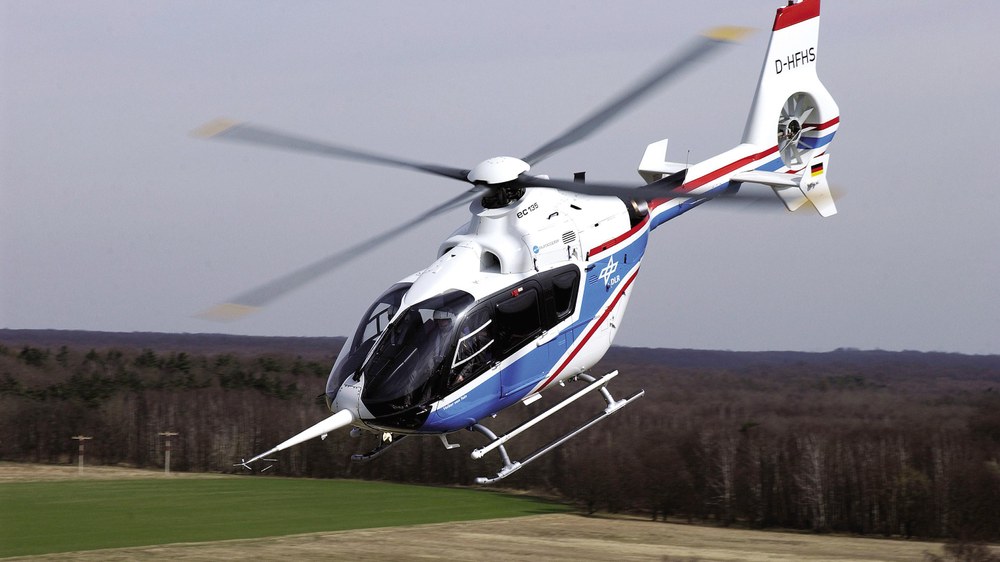System identification of aircraft
System identification is a key area of research at the institute. Its goal is to develop mathematical models that accurately represent the aircraft’s dynamics under real-world conditions. These models are based, among other things, on flight test data involving specifically designed manoeuvres.
The resulting models of the entire aircraft or individual components are used for flight mechanics and handling qualities analysis, as well as in flight simulators such as the AVES (Air Vehicle Simulator), and in the development of flight control and pilot assistance systems.
Since the 1970s, the institute has investigated a wide range of different aircraft types. These include conventional fixed-wing aircraft such as the Airbus A300 to A340, military platforms such as the C-160, X-31, MRCA Tornado and Eurofighter, helicopters such as the Bo 105, SA 330 and H135, as well as unmanned systems, parachutes, engines and rockets.
Central to this research is the institute’s extensive expertise in planning and evaluating flight tests. Key elements of the analysis include methods for data compatibility checks and flight path reconstruction. With its in-house software tools, the institute has supported numerous industrial test campaigns – among them for Airbus and Embraer.



